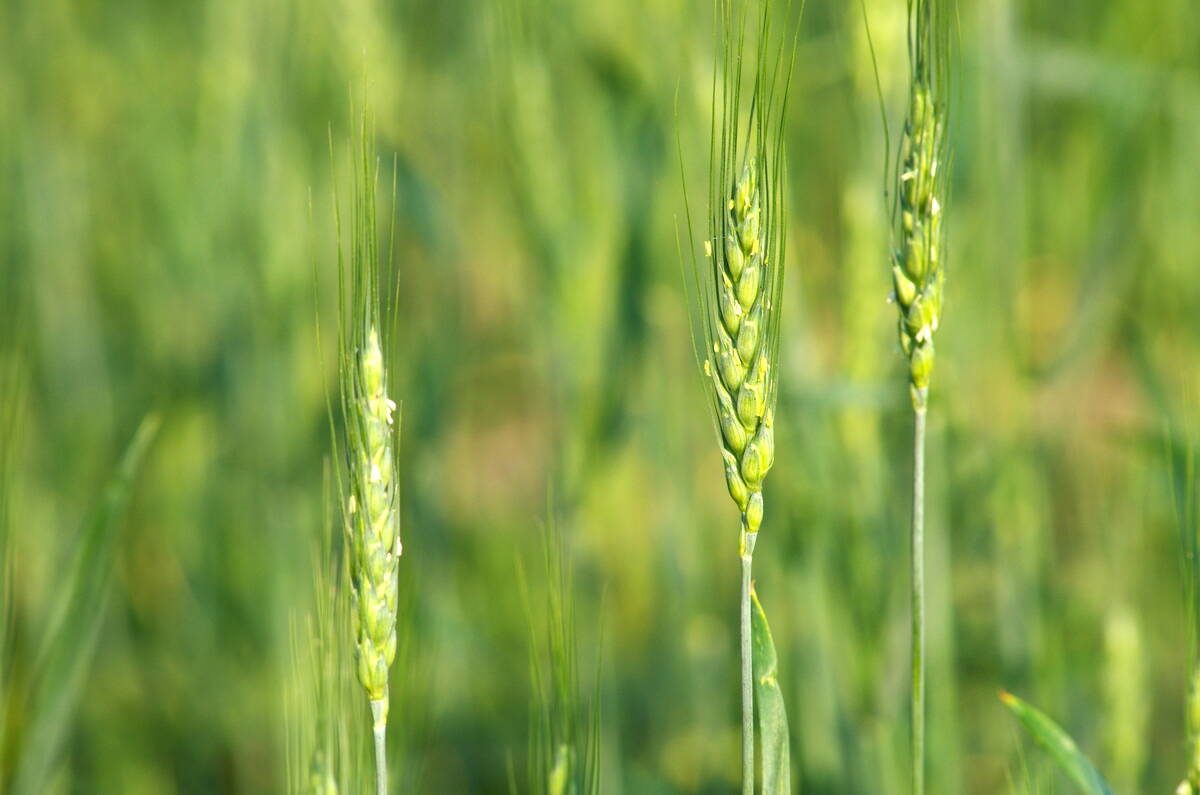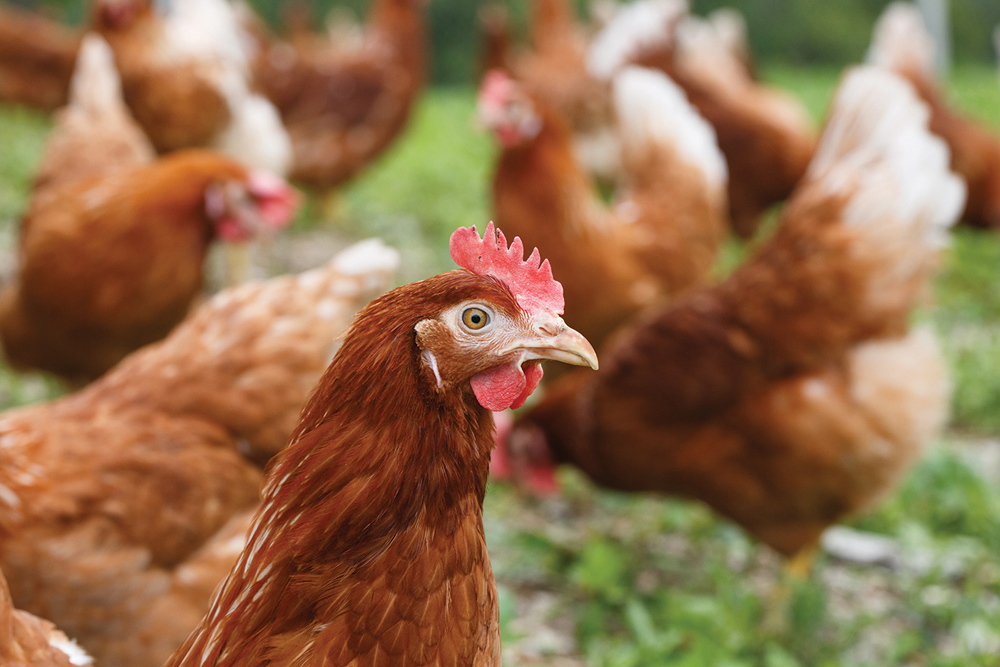Fungi can help plants thrive — but it turns out they can also filter them out.
That’s according to new research from an international team of researchers led by Germany’s University of Göttingen. The results appeared in the journal Nature Ecology & Evolution.
For example, in the colonization of islands by plant species, it isn’t just factors like island size, isolation and geological development that play an important role, but also the interactions between species. The scientists found that the symbiosis of plant and fungus — the mycorrhiza — is of particular importance.
Read Also

Code cracked on nitrogen-fixing wheat?
U.S. crop breeders have created a wheat variety capable of fixing its own nitrogen rather than relying on fertilizer.
The two organisms exchange nutrients via the plant’s fine root system: the fungus receives carbohydrates from the plant; the plant receives nutrients that the fungus has absorbed from the soil.
“For the first time, new data on the worldwide distribution of plant species in 1,100 island and mainland regions allows us to investigate the influence of this interaction on a global scale,” says Dr. Patrick Weigelt from the University of Göttingen’s department of biodiversity, macroecology and biogeography, who worked on the study.
The results: mycorrhiza-plant interactions, which are naturally less frequent on islands because the two organisms rely on each other, mean that the colonization of remote islands is hindered. The lack of this symbiotic relationship may act like a brake on the spread of the plants. This is not the case for plant species introduced by humans, as fungi and plants are often introduced together.
The proportion of plant species with mycorrhiza interactions also increases from the poles to the equator.















